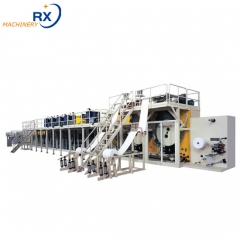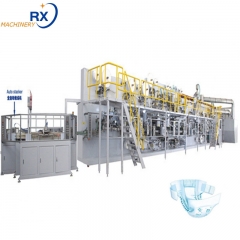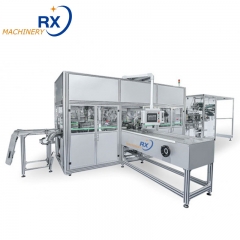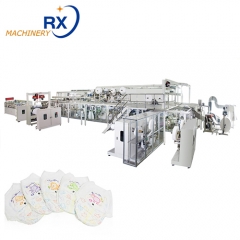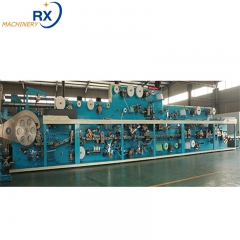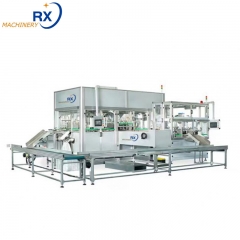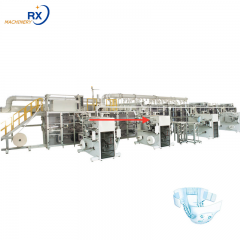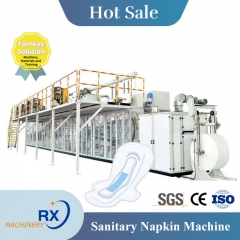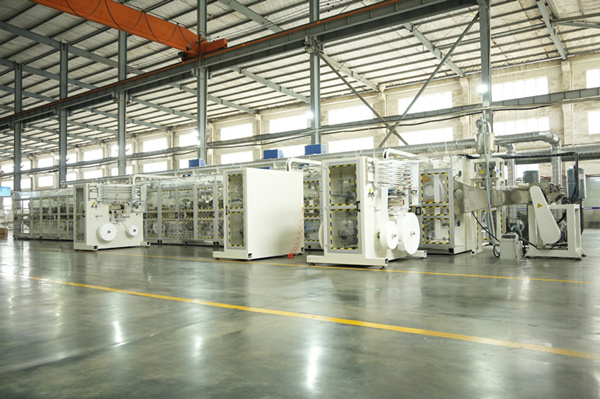Compared with other markets around the world, after years of low penetration, the African diaper market has finally reached a critical point. Some recent investments in the African region by global participants in the field of hygiene and nonwovens confirm this.
In 2017, Pegas Nonwovens, the largest producer of spun-woven nonwovens in Europe, the Middle East and Africa, eventually purchased their land in Cape Town, preparing to build a new factory, their second plant on the African continent, but Their first factory was in sub-Saharan Africa. They are expected to invest 1.3 billion rials.
Production is expected to begin in early 2019, with an annual production capacity of approximately 10,000 tons. Pegas has a factory in Egypt. This South African initiative is the most logical investment. The two largest diaper manufacturers, P&G and Kimberly-Clark, rank second and second in Africa, the second largest economy in Africa.

In 2016, Spunchem International, another nonwovens athlete who has been in the South African market for the past 20 years, responded to the expected growth of the South African health sector by increasing the capacity of its sanitary facilities to 32,000 tons per year. 2018.
Their website said: "Spunchem works with three major diaper manufacturers, including extensive testing of products manufactured using the technology that Spunchem will use." In July 2016, the company completed the construction of a country. The Art SMXS line has an annual capacity of 8,000 tons of nameplate capacity and the total capacity has increased to over 22,000 TPA nameplate capacity. This is Spunchem's fourth spunbond line. The second 10,000 TPA SMMS plant is scheduled to be completed by the end of 2018 to meet market demand in South Africa and surrounding areas.
South Africa is the largest market in the Southern African Development Community (SADC) economic zone. Therefore, any manufacturer based in South Africa will make full use of the other 14 SADC members to export their products, including major markets in Angola, the Democratic Republic of the Congo, Mozambique and Tanzania, without paying customs duties, as long as the product is in SADC member countries and Have a SADC certificate. Other markets, such as Mauritius, Namibia and Botswana, have smaller populations, but their consumers’ disposable income is well above the regional average. For the same reason, the diaper market penetration rate in these markets is also higher. In addition, the retail environment in these countries is also very developed, which makes distribution easier and can be better and easier to obtain high disposable income consumers.
 0086-15260373015
0086-15260373015 admin@rxhygiene.com
admin@rxhygiene.com English
English فارسی
فارسی français
français русский
русский español
español português
português العربية
العربية Türkçe
Türkçe ไทย
ไทย Việt
Việt



